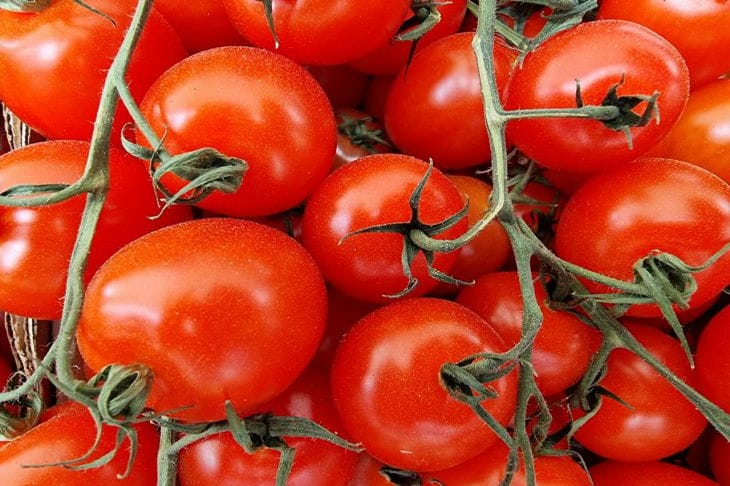How to properly feed tomatoes with boric acid: secrets of a rich harvest from experienced agronomists
Tomatoes are one of the most popular vegetable crops in the world.
To obtain a rich harvest, these plants need proper care and nutrition.
Boron, a microelement that can be added to the soil using boric acid, plays a special role in the development of tomatoes.
Why do tomatoes need boric acid?
Boron plays an important role in the life of tomatoes. This microelement is involved in pollination and fertilization processes, and promotes better fruit setting and development.
If there is a lack of boron, tomatoes may drop flowers and ovaries, and the fruits may crack and become deformed. In addition, boron improves the absorption of calcium by plants, which is important for preventing blossom-end rot.

When to feed tomatoes with boric acid
Fertilizing tomatoes with boric acid should be done at certain periods of plant growth.
The first treatment is recommended to be done before flowering, when buds appear on the plants. The second – during mass flowering.
The third feeding is carried out during the period of formation and growth of fruits. In some cases, additional treatment may be required if the plants show signs of boron deficiency.
Methods of applying boric acid
There are several ways to apply boric acid to tomatoes. The most common are root feeding and foliar treatment (spraying on leaves).
For root feeding, prepare a solution at a rate of 1-2 grams of boric acid per 10 liters of water.
This solution is used to water the soil around the plants, using 0.5-1 liter per bush. This method is especially effective on soils with a lack of boron.
Foliar treatment is carried out by spraying tomato leaves with a solution of boric acid.
To do this, dissolve 1 gram of the substance in 1 liter of water. Spraying is carried out in the evening or in cloudy weather to avoid leaf burns.
Preparation of boric acid solution
To prepare a solution of boric acid, it is better to use warm water, since the substance dissolves faster in it.
First, dissolve the boric acid in a small amount of hot water, then add the remaining water to the required volume. It is important to thoroughly stir the solution until the crystals are completely dissolved.
Precautions when using boric acid
Despite the benefits of boron for tomatoes, its excess can be harmful. Therefore, it is important to observe the dosage and not to carry out treatments more often than recommended.
Before using boric acid, a soil test for boron content should be performed to determine if supplementation is necessary.
When working with boric acid, you should take precautions: use gloves and safety glasses, and avoid contact of the substance with the skin and mucous membranes.
Signs of Boron Deficiency in Tomatoes
To determine whether tomatoes need boric acid feeding, you should pay attention to the following signs: yellowing and dying off of the tops of the shoots, falling off of flowers, deformation and cracking of fruits, the appearance of voids inside the stems.
If these symptoms are detected, it is recommended to carry out an unscheduled treatment with boric acid.
Alternative sources of boron
In addition to boric acid, there are other ways to provide tomatoes with boron. Some complex fertilizers already contain this microelement. Wood ash and organic fertilizers such as compost and humus are also rich in boron.
However, boric acid remains the most accessible and effective way to provide plants with the required amount of boron.
